At 11 years old I found myself in an orthopedic surgeon’s office looking at x-rays of my spine. I had experienced severe lower back and neck pain for a full year and it became almost impossible to continue gymnastics and track. The surgeon’s “good news” was that I was a few degrees off needing spinal surgery in which a stainless steel rod is implanted along the spinal column. The bad news was that I would have to stop all sports, including gym class, and wear a constricting “Milwaukee brace” 23 hours a day for three years. This would stabilize my spine and its three massive curves but not improve it. There was no way to fix scoliosis, I was told, certainly not by myself.
As a young athlete, I felt like losing the ability to participate in sports was a death sentence. After discussing options with my parents, who were determined to find another way to heal outside of traditional medicine, we decided against the brace and I began treatments with a chiropractor three times a week. Because I was young enough, my bones weren’t fully ossified and we could decrease the curvatures in my spine significantly and relieve the physical pain. He told me I could be the athlete that I dreamed of becoming but was required to stay away from high-impact activities. He encouraged me to consider swimming to strengthen the muscles around my spine without stress, encouraging my body to straighten, untwist, and heal naturally.
I joined a swim team and after winning my first swim race, I had found my dream sport and prescription. In four years, I would become one of the best swimmers in the state and in six years I would be part of the two-time Big Ten Championship Swim Team at the University of Minnesota with no back pain and a miraculously improved spine (curvature reduction in double digits). My recovery story was featured on the front page of the local paper and on TV and my experience sparked a lifelong passion for learning about and sharing with others the healing potential of water.
Scientifically speaking, water is a dynamic equilibrium between liquid and gas states and is the most abundant compound on Earth, covering over 70% of the planet. Water has the power of constant change; when cold, it crystalizes and freezes, when hot, it steams, when touched, it ripples. It makes up between 65% and 78% of our body (depending on age), comprising over 70% of our brain, heart, skin, muscles, kidneys, lungs, and liver. Even 31% of our dry bones are water. The more water we lose, the more we deteriorate and when we are only 50% water, we die. We are water in human form.
Water’s structure reacts to any irritation. Its molecules are organized in clusters that work as “memory cells,” so to speak. Within each memory cell there are 440,000 information panels that are responsible for the interaction with its environment, making it nature’s single most malleable computer, according to Rustom Roy, a renowned materials scientist and professor emeritus at Pennsylvania State University who passed away in 2010. Whatever water hears, sees, and feels becomes a catalyst for its change as it copies, memorizes, and transports information. Japanese researcher Masaru Emoto demonstrated this with his water crystal project. In this study, Emoto played music, displayed words, and prayed to water while it was freezing, and when the water was frozen it created crystal shapes distinct to each stimuli. When the words and music were positive and loving, intricate crystal shapes appeared, and on the contrary, when sounds and words were negative and harsh, chaotic, incoherent shapes formed.
This research is especially interesting in light of water’s prevalence in our bodies. “Water serves as a transporter of energy throughout your body…carried by blood and bodily fluids, it is the means by which nourishment is circulated throughout our bodies…this flow of water enables us to live active lives,” wrote Emoto in his New York Times bestselling book The Hidden Messages in Water. This begs the question: What if we can utilize our thoughts and words for positive change while we are in water? Could we rewire our body and mind to default to the balance and peace it feels when in water?
In my experience being in water can serve as a reminder of our natural human state: flowing, changing, self-aware, and resilient. It is all-pervading and in constant flux. In many cultures water is seen as holy and paramount to spiritual enlightenment. In Sanskrit “Narayan” is the name of God in his infinite all-pervading form and translated as “the one who moves in the infinite waters and is also the water itself.” In Hindu sacred texts, Vishnu Narayan, God, is known as a universal form beyond the ordinary limits of human perception seen seated in and part of the water. In Christianity, water is blessed and used to cleanse and purify the body and soul before prayer and serves as a centerpiece for welcoming people to the faith in baptismal ceremonies. In Judaism, Mikvah is a ritual immersion bath of natural water (rainwater or spring) used for the purpose of nullifying impurity.
In addition to its spiritual symbolism, water has long been thought of as an element with medicinal and therapeutic qualities. In 2000 B.C. the Ancient Egyptians practiced bathing rituals in hopes of curing ailments. In the Old Testament people soaked in mineral waters for physical healing. The Ancient Greeks used water as a healing agent. Native Americans sat in sweat lodges as a way of purifying the body and mind.
The modern application of water healing is a practice called hydrotherapy, which originated in 19th century Europe as a method of treating anxiety, pneumonia, and back pain. In the early 1800s, an Austrian farmer named Vincent Priessnitz pioneered the use of water as a treatment for a variety of maladies, often using methods of dipping parts of the body alternately between hot and cold water. While his method was disputed by medical professionals, his “water-cure” was renowned at the time and made him a household name across Europe.
Today hydrotherapy is commonly used as a compliment to traditional hands-on physical therapy. Water helps the body feel weightless and buoyant while providing a natural resistance to movement, making it a perfect medium for rehabilitation and fitness training. Water exercises can help tone muscles, increase range of motion, ease arthritis pain, improve joint flexibility, relieve muscle spasms, decrease inflammation, facilitate low-impact aerobic exercise to support weight loss, and speed recovery from injuries allowing exercise to begin sooner than on land. Other hydrotherapy techniques and tools include underwater massage, water jets, mineral baths, cold plunge, and hot tubs.
Being in water can also improve emotional health and mental well-being. According to the Centers for Disease Control and Prevention, “Swimming can improve mood in both men and women. For people with fibromyalgia, it can decrease anxiety and exercise therapy in warm water can decrease depression and improve mood. Water-based exercise can improve the health of mothers and their unborn children and has a positive effect on the mothers’ mental health. Parents of children with developmental disabilities find that recreational activities, such as swimming, improve family connections.” For me, it provided a second chance by nourishing my mind, body, and soul and reminding me that I was healthy and strong.
How You Can Experience the Narayan Effect
Whether you seek to experience water’s potential for physical healing or mental and emotional balance, these are a few ways you can experiment with this powerful form of therapy.
1. Take cold showers.
It may sound alarming or impossible to do, especially in the winter, but some research shows taking cold showers can increase alertness, improve circulation, ease muscle soreness, and reduce stress. When cold water hits the skin and limbs, surface blood vessels constrict, resulting in a warming and tightening effect on your skin and muscles. Blood flow is redirected to deep blood vessels, thereby helping to limit inflammation and swelling and increasing the volume of blood returned to the heart.
2. Try a bathtub meditation.
Practicing mantra meditation in water could enhance the practice’s soothing impact as the sound vibrations can affect the composition of water in the tub and in your body. This, combined with the experience of being in water, can help soothe the nervous system and relax intense emotions.
Here’s how to try it: Fill the tub with warm water to bellybutton level and sit in a comfortable position. Add essential oils if desired, close your eyes, relax your shoulders, and place your elbows by your sides with your palms facing up, floating on the surface of the water. Call upon the water in your body to merge with the water you are submerged in, inviting the healing properties of water around you and within you to connect. Imagine a circular energy flow starting with the water and entering through your hands, spreading into your entire body and back out into the water. As you imagine the water circle, take an inhale, suspend the breath and chant, “I am water. I am flow. I am balanced. I am strong.” Exhale, letting go of any tension and pain into the water for it to be recycled into health and wellness on your next inhale. Try this for a minimum of 11 minutes, once a week to start, to access a meditative state, and timing yourself if necessary. Increase time to 31 minutes during times of trauma, distress, anxiety, pain or when you feel emotionally overwhelmed.
3. Schedule time in a flotation tank.
The documentary “Float Nation” explored the effects of water floatation tanks, known as sensory deprivation tanks or Restricted Environmental Stimulation Therapy, and found that floating allows the physical and mental body to let go and feel weightless and turn just about anyone into a “anti-stress ninja.” Research shows that floating helps lower cortisol levels, which relaxes the nervous system, alleviates pain, and reduces negative effects of stress in the body. If you can’t find a flotation center, try filling up your tub with Epsom salts, baking soda, and 10 to 12 drops of your favorite essential oils. Turn off the lights and float on your back with calm mantra music playing and ears underwater. Slowly begin to let go, releasing tightness in each part of your body and letting go completely. Allow your thoughts to float by without following them, as you would in meditation.
4. Swim in natural water.
Just being in a natural body of water such as a stream, lake, or ocean can also provide a restorative meditative experience. Sit in the water with the water just below your belly button and place your hands on your knees with palms facing up. Open your senses to the sound, taste, look, touch, and smell of the water. Take in the sensation and visualize love, gratitude, and peace for yourself and the water you are joined with.
5. Start swimming.
This low-impact exercise is an incredible workout and research shows it can help lower blood pressure, decrease anxiety and depression, and improve the mood of fibromyalgia patients. To maximize the mind-body experience of swimming, practice visualization as you move through the water. Picture each stroke bringing you closer to your optimal health and strength. Integrate a personal mantra as you move to cultivate a positive and peaceful mindset.
6. Hit the pool for an aquatic workout.
Many gyms and YMCAs offer water aerobics and other aquatic group fitness classes. Before and during your class, imagine the water dancing and flowing within you. See the water move without stagnation inside you and be energized by its ability to glide through any pains or aches you may feel, turning them into areas of strength and grace. Actively stimulate and encourage the flow of the water to extend into your limbs and muscles while visualizing a powerful mantra of healing.
7. Try aqua cycling.
Aquacycling is a relatively new type of group cycling done in a pool with bikes that uses water as resistance. It was developed to heal a knee injury by an Italian physical therapist and it is a low-impact full-body workout for all fitness levels. During classes at Aqua Studio NY in New York City, where I teach a Mantra Flow class, students are encouraged to mentally and physically create a three-way partnership between their body, the water, and the bike for the purpose of injecting strength and healing into their bodies, minds, and hearts.
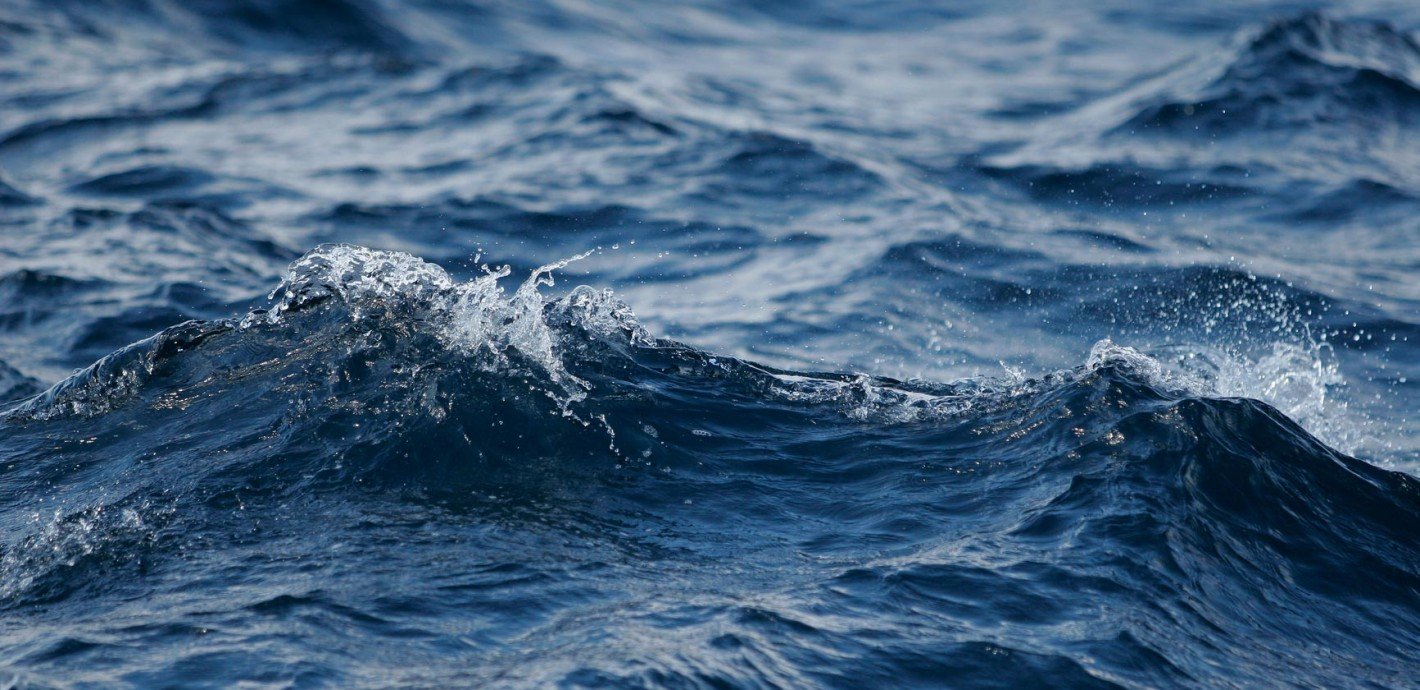

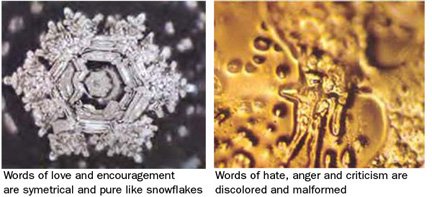
![anneaqua[1]](https://www.sonima.com/wp-content/uploads/2015/06/anneaqua1-1024x569.jpg)

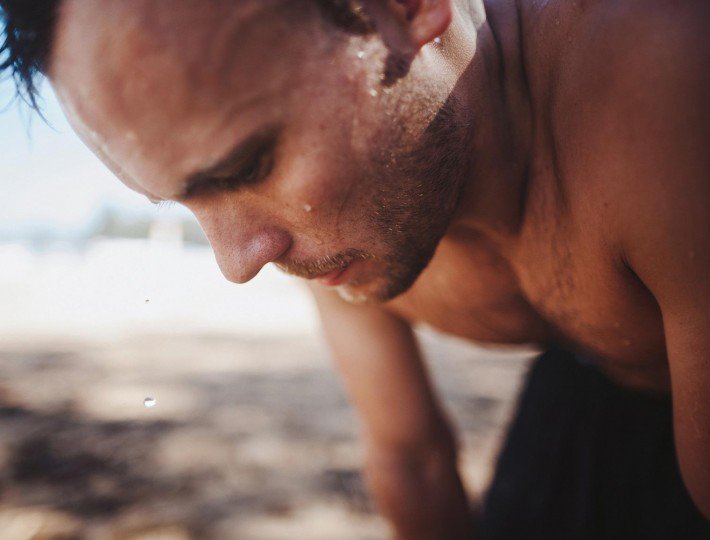


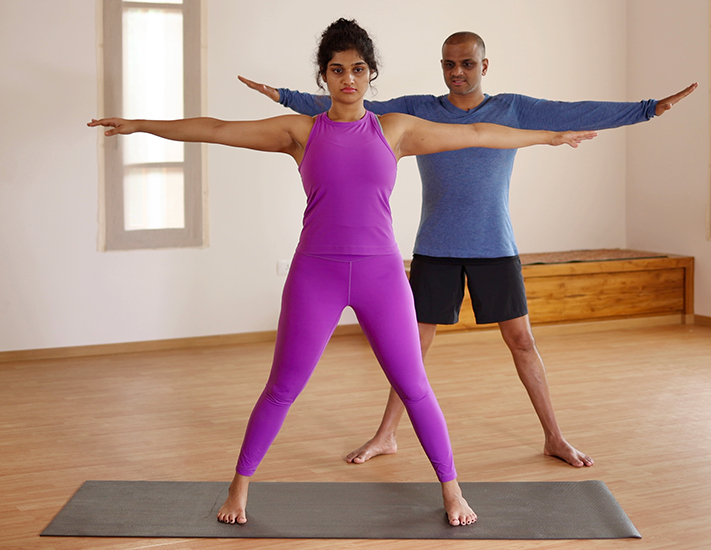


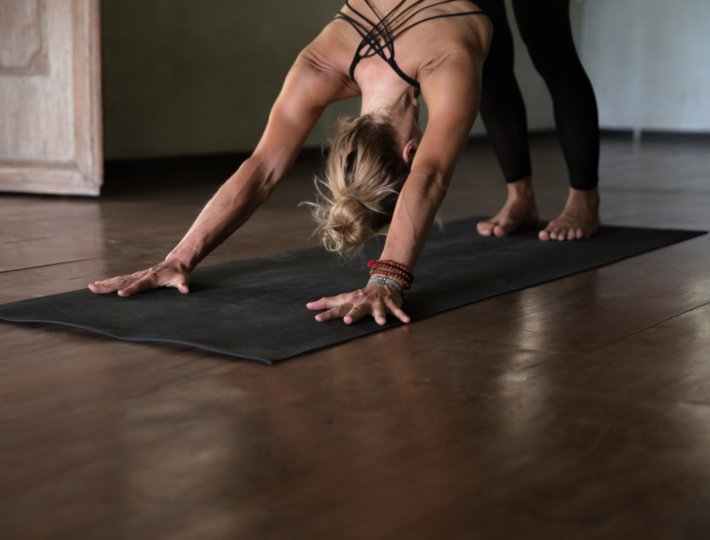

Comments (0)